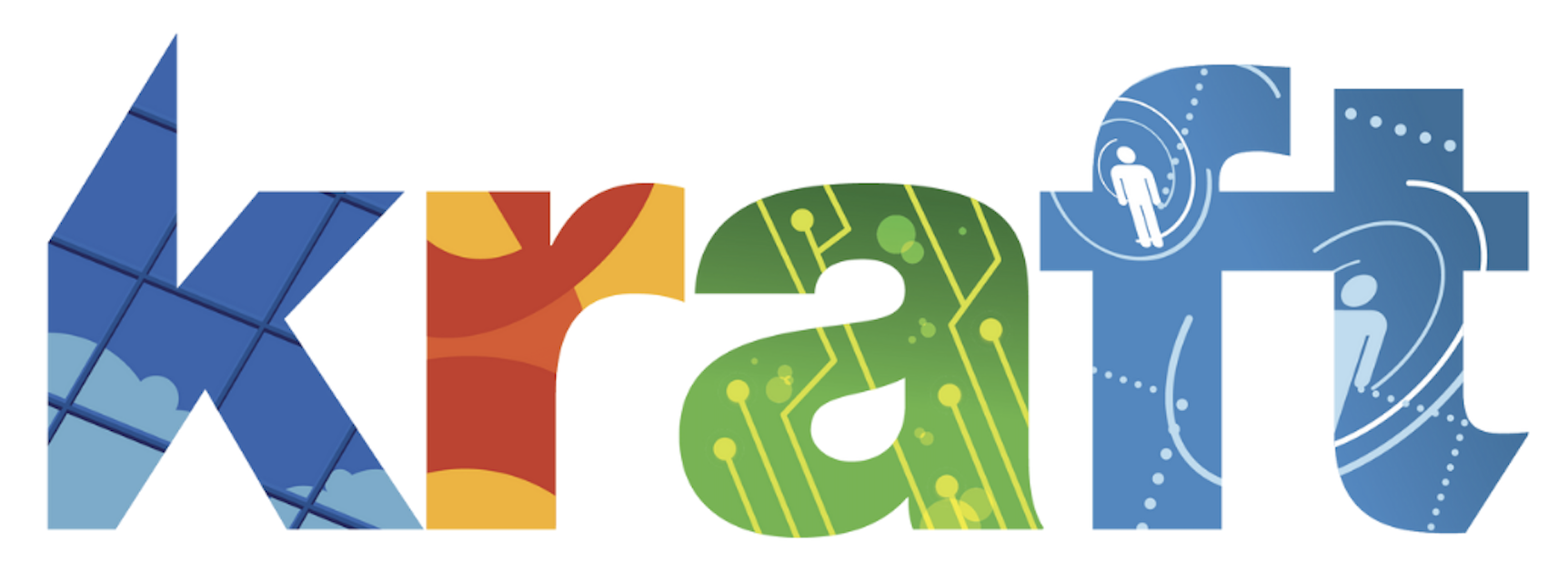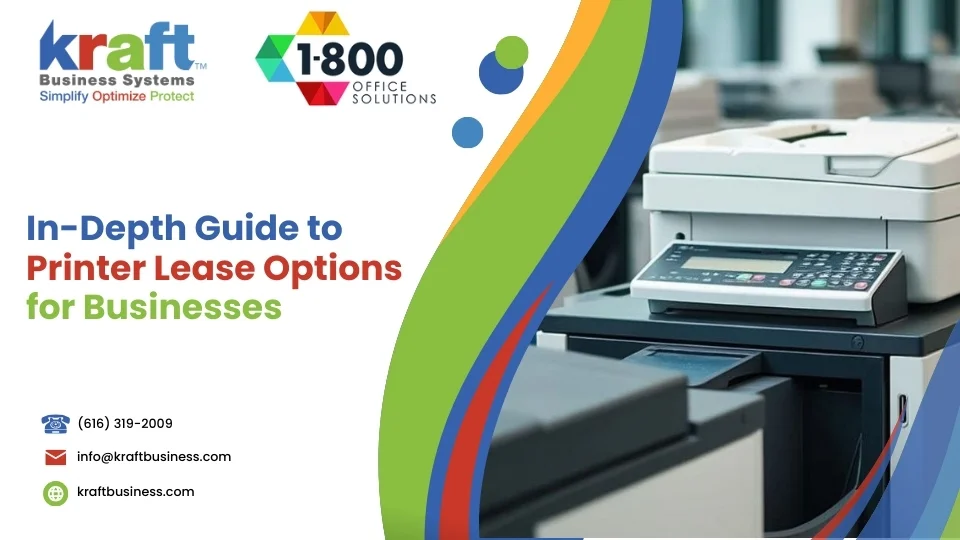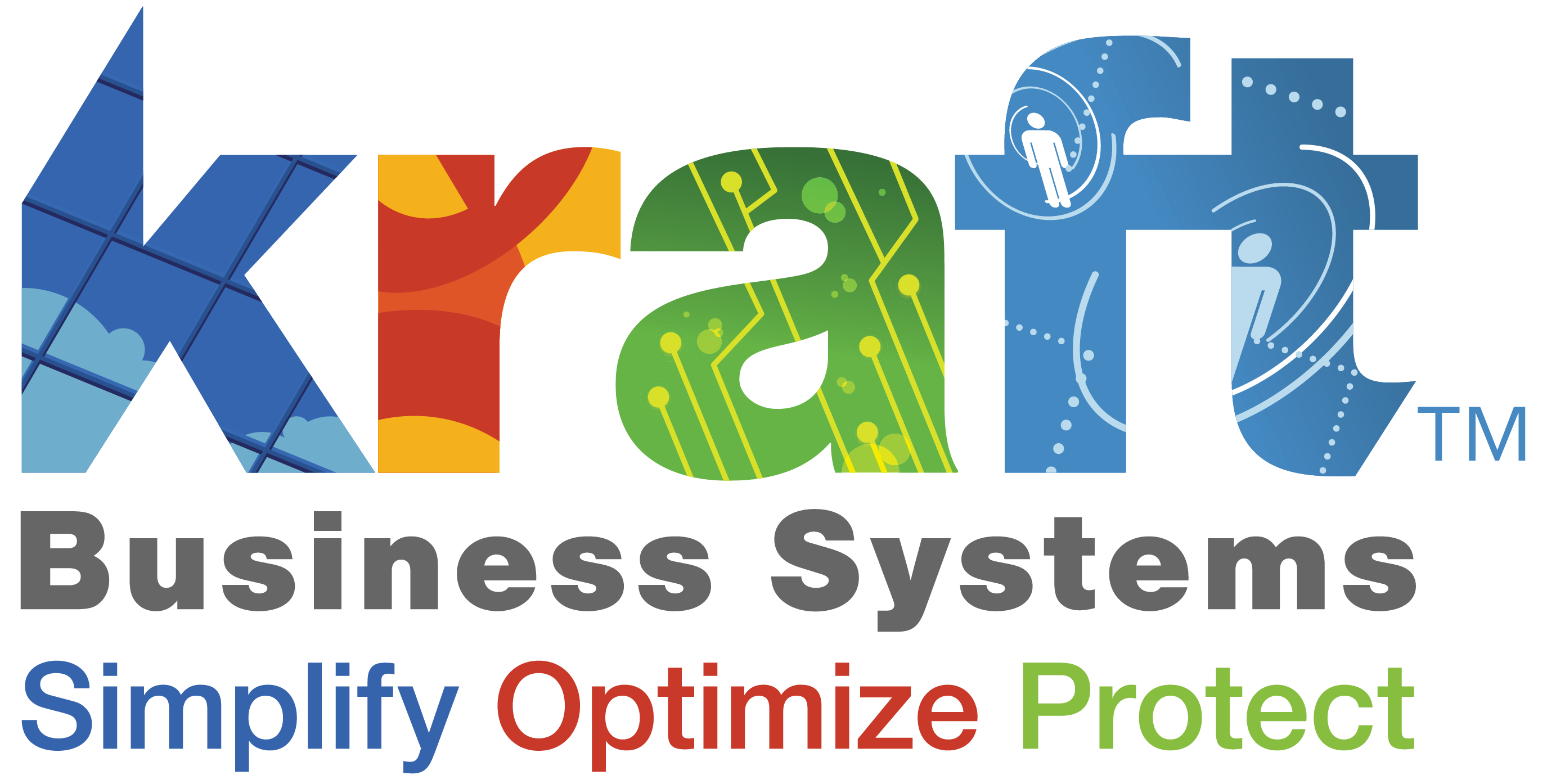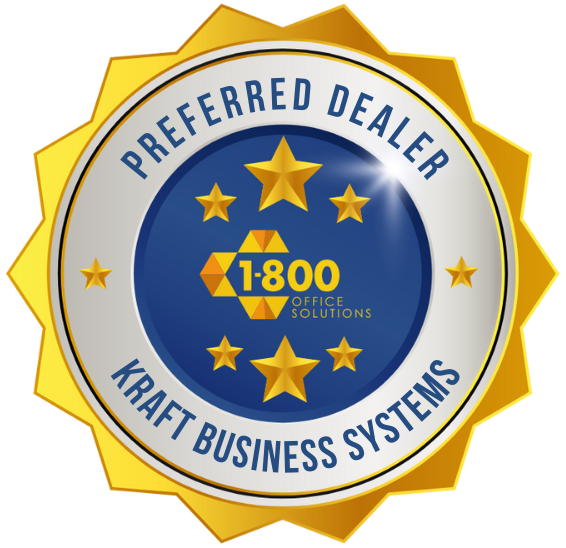Printer lease for business solutions offer a flexible and cost-effective way to meet your company’s immediate and evolving printing needs without substantial upfront investment. If you’re seeking quick insights, here are the crucial benefits of leasing a printer for your business:
- Lower Initial Investment: Leasing eliminates the need for a significant upfront purchase.
- Predictable Monthly Costs: Enjoy consistent budgeting with fixed monthly payments.
- Access to the Latest Technology: Leasing often includes upgrades to newer models.
- Included Maintenance and Support: Many leasing agreements cover service, repairs, and maintenance.
Businesses striving to streamline operations and stay efficient can greatly benefit from leasing. This approach provides financial flexibility and allows companies to adapt to changing technological and volume needs without owning depreciating assets. Assessing your specific business requirements and budget considerations is essential when deciding if leasing is the optimal solution. From potential cost savings to updated technology, printer leasing could align perfectly with your company’s growth trajectory.
Printer lease for business word guide:
Top 5 Printer Leasing Options for Businesses in 2025
Understanding Printer Lease for Business
Leasing a printer for your business can be a smart financial move. Let’s break down why this option might be right for you.
Lower Initial Investment: One of the biggest advantages of leasing is that it requires a much smaller initial outlay compared to buying a printer outright. This is great for businesses that need to manage cash flow carefully. You can get the equipment you need without a hefty upfront cost, freeing up capital for other critical areas.
Predictable Monthly Costs: With leasing, your payments are spread out over time, which makes budgeting simpler. You know exactly what you’re paying each month, which helps avoid unexpected expenses. This predictable cost structure can be especially beneficial for small businesses or startups that need to keep a close eye on their finances.
Maintenance Included: Many leasing agreements come with maintenance and support. This means you won’t have to worry about the cost of repairs or servicing, as these are typically covered in your lease. Regular maintenance ensures your printer stays in good working order, reducing downtime and keeping your business running smoothly.

Leasing can also keep your business up-to-date with the latest technology, as many agreements allow for easy upgrades to newer models. This ensures you have access to the best tools without the hassle of selling outdated equipment.
In summary, printer lease for business solutions offer a way to manage costs, maintain flexibility, and ensure your business has the tools it needs to succeed without the burden of ownership.
Top 5 Printer Leasing Options for Businesses in 2025
Pros and Cons of Leasing vs Buying
When deciding between leasing and buying a printer for your business, it’s crucial to weigh the pros and cons of each option. Let’s explore some key considerations: asset ownership, long-term costs, and technology obsolescence.
Asset Ownership
Buying a printer means you own it outright. It becomes a business asset, contributing to your company’s net worth. This ownership allows you to use the printer without restrictions, and you can customize it to fit your specific needs. However, with leasing, you don’t own the printer. While this might seem like a downside, it also means you’re not tied down by the responsibilities that come with ownership, such as disposal when it becomes obsolete.
Long-term Costs
When it comes to long-term expenses, buying a printer can be more cost-effective. Although the initial investment is higher, you avoid ongoing monthly payments. Over time, especially if your printing needs are high, owning might save you money. On the flip side, leasing offers predictable monthly costs, which can be easier to budget for. However, the total cost of leasing over several years may exceed the purchase price of a printer.
Technology Obsolescence
Technology evolves quickly, and printers are no exception. Leasing offers a significant advantage here, as many agreements include options for easy upgrades to newer models. This means you can keep up with technological advancements without purchasing new equipment. In contrast, buying a printer means you’re stuck with it until you decide to upgrade, which could involve additional costs and the hassle of selling or disposing of outdated equipment.
In conclusion, the decision between leasing and buying a printer hinges on your business’s specific needs and financial situation. Consider the importance of asset ownership, weigh the long-term costs, and think about how often you need the latest technology. These factors will guide you to the best choice for your business.
Top 5 Printer Leasing Options for Businesses in 2025
Top Printer Lease Options for Businesses
When exploring printer lease for business, it’s important to understand the different leasing structures available. Each option has its own benefits and can cater to specific business needs. Here’s a closer look at some of the top leasing options:
Short-Term Rentals
Short-term rentals are perfect for businesses with temporary needs. Whether you’re planning an event or dealing with a spike in printing demand, short-term leases offer flexibility without a long-term commitment. Rental services for varying durations, from a week to two years, ensure you only pay for what you need. This is ideal for businesses looking to avoid long-term financial obligations while still accessing high-quality printing equipment.
Long-Term Leases
For businesses with stable and ongoing printing needs, long-term leases might be more suitable. These typically range from 12 to 60 months. A longer lease often results in lower monthly payments, making it a cost-effective choice for businesses that require consistent access to a printer. Additionally, many long-term leases include maintenance and service agreements, reducing the hassle of unexpected repair costs.
Flexible Terms
Flexibility is key when it comes to leasing options. Many leasing companies offer customizable terms that can be tailored to your business’s growth and changing needs. This might include the ability to upgrade equipment as technology advances, ensuring your business stays competitive. For instance, fair market value leases allow you to upgrade to newer models as your lease term ends, keeping your technology up-to-date without the full cost of ownership.
When choosing a lease option, it’s crucial to assess your business’s specific printing needs, financial situation, and future growth plans. Whether you opt for short-term rentals, long-term leases, or flexible terms, understanding these options will help you make an informed decision that aligns with your business objectives.
Top 5 Printer Leasing Options for Businesses in 2025
Factors to Consider When Choosing a Printer Lease
When deciding on a printer lease for business, weigh several factors to find the best fit for your needs. Here’s what to keep in mind:
Budget
Budgeting is crucial. Leasing can ease the financial burden with lower upfront costs and predictable monthly payments. This makes it easier to plan your expenses. However, it’s important to consider the total cost of ownership over the lease term, including any potential fees or charges for exceeding usage limits.
Print Volume
Understanding your print volume is key. If your business prints a high volume of documents, look for leases that offer bulk printing capabilities or lower cost per page. Conversely, for low-volume needs, a simple, cost-effective lease might suffice. Assess your monthly print needs to avoid paying for more than you require.
Technology Requirements
Keeping up with technology is important, especially if your business relies on the latest printing capabilities. Leasing allows you to upgrade to newer models at the end of a lease term, ensuring access to cutting-edge features. If your business needs advanced technology, consider leases that offer easy upgrades or include the latest models.
Business Growth
Consider your company’s growth projections when selecting a lease. If you anticipate growth, choose a lease that offers flexibility to add more equipment or upgrade as your needs change. Leasing can provide scalability, allowing your business to expand without significant initial investments in new equipment.
By evaluating these factors—budget, print volume, technology requirements, and business growth—you can choose a printer lease that aligns with your current needs and future plans. This strategic approach ensures that your printing solution will support your business effectively, both now and in the years to come.
Top 5 Printer Leasing Options for Businesses in 2025
Frequently Asked Questions about Printer Lease for Business
Is leasing a printer cheaper than buying?
When considering whether to lease or buy a printer, cost comparison is a significant factor. Leasing often presents a more affordable option upfront, as it eliminates the need for a large initial investment. Instead, businesses pay predictable monthly fees, making it easier to manage cash flow. Additionally, leasing often includes maintenance services, reducing unexpected repair costs.
However, while leasing can be cheaper in the short term, buying may prove more cost-effective over the long haul, especially if the printer is used for many years. It’s crucial to weigh the upfront investment against the total costs over the equipment’s lifespan.
What are the typical costs involved in leasing a printer?
Leasing a printer involves several costs. The most obvious is the monthly lease payment, which varies based on the printer model, lease duration, and included services. Lease terms can range from 12 to 60 months, with longer terms sometimes offering lower monthly rates.
Usage volume also affects costs. Many leases include a set number of pages per month, with additional charges for exceeding this limit. Thus, understanding your printing needs can help avoid unexpected fees.
Maintenance and service are typically bundled into the lease, offering peace of mind and potentially reducing operational disruptions. Make sure to read the contract carefully to understand what maintenance services are covered.
Are there any restrictions with printer leases?
Yes, printer leases can come with usage limitations and contract obligations. Most leases specify a maximum number of prints per month. Exceeding this limit can result in extra charges, so it’s important to choose a lease that matches your printing habits.
Contract obligations may include penalties for early termination or restrictions on modifications to the equipment. Additionally, while many leases offer upgrade options, these might be limited to specific times during the lease term or require an additional fee.
Understanding these restrictions beforehand can help you select a lease that offers the flexibility your business needs without unexpected problems.
Top 5 Printer Leasing Options for Businesses in 2025
Conclusion
At Kraft Business, we pride ourselves on offering custom solutions custom to meet the unique needs of your business. Our approach focuses on understanding your specific requirements and providing a printer lease for business that aligns with your goals.
Our team of experts is here to guide you through the decision-making process. Whether you need help assessing your print volume, understanding technology requirements, or planning for future business growth, we provide the expert consultation you need.
We believe in building partnerships with our clients. This means offering not just equipment, but also the support and services that ensure your operations run smoothly. Our flexible lease options and comprehensive support services are designed to improve productivity and reduce costs.
Ready to explore your options? Contact us today to learn how Kraft Business can help you find the perfect printing solution for your business. We’re here to make the process simple and efficient, so you can focus on what you do best.
